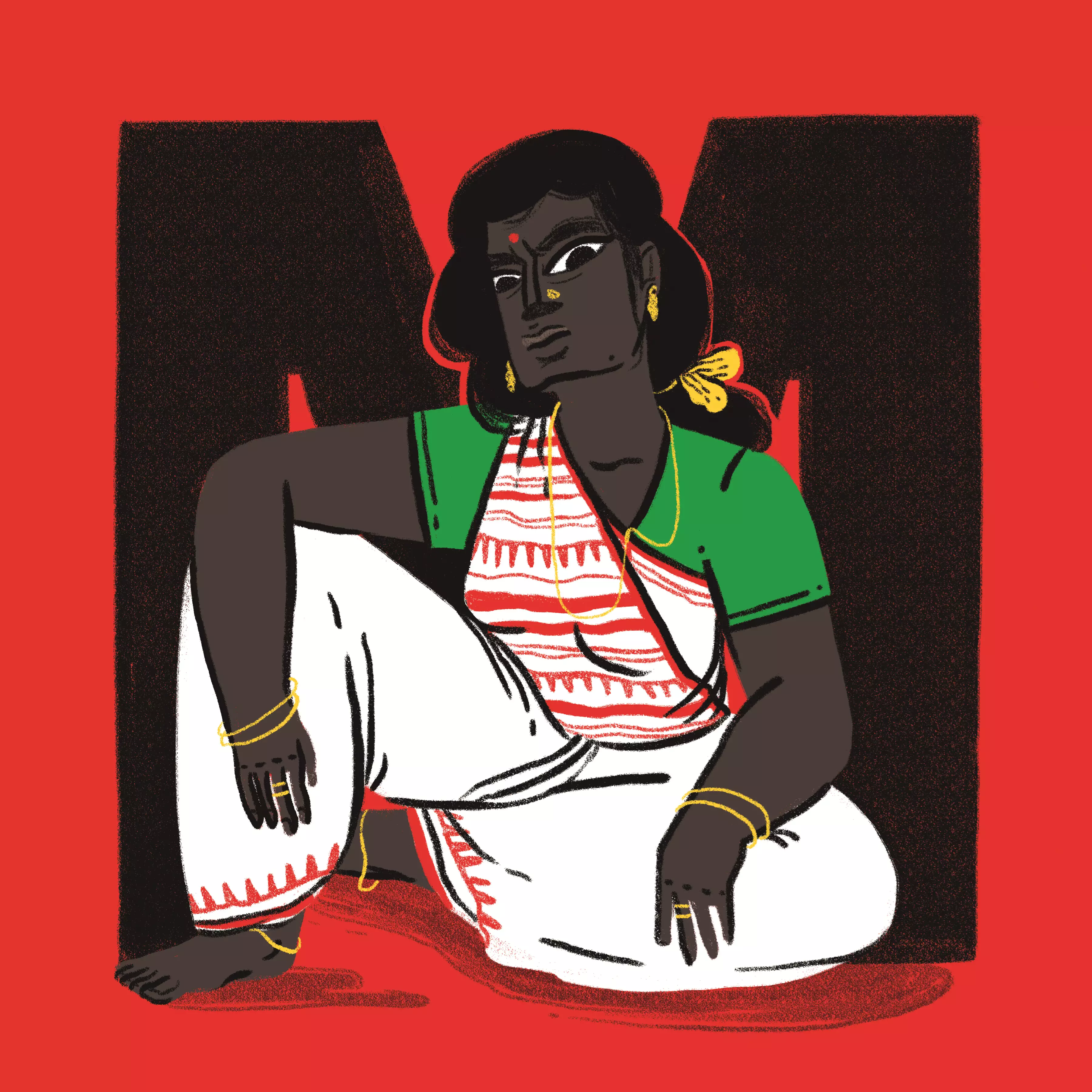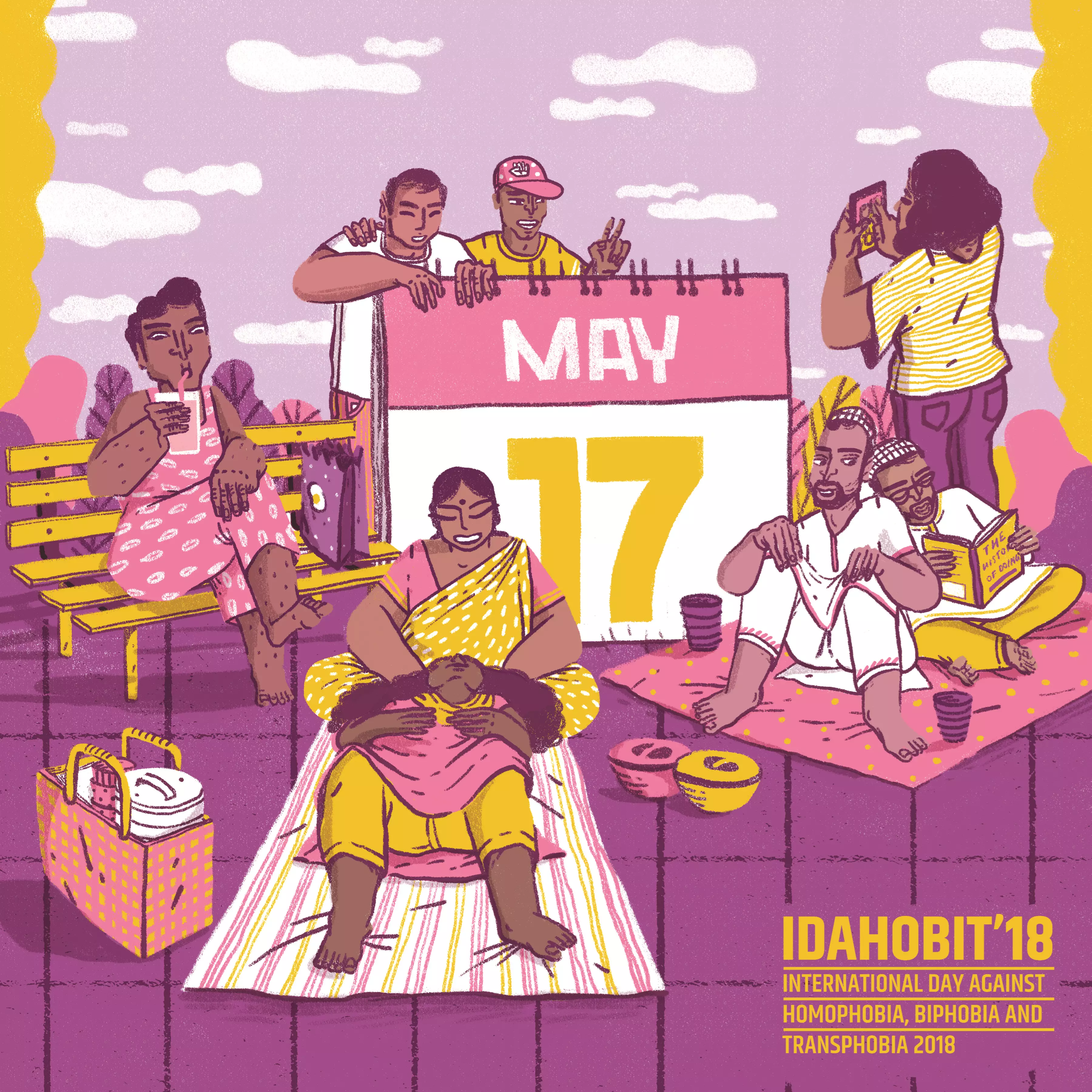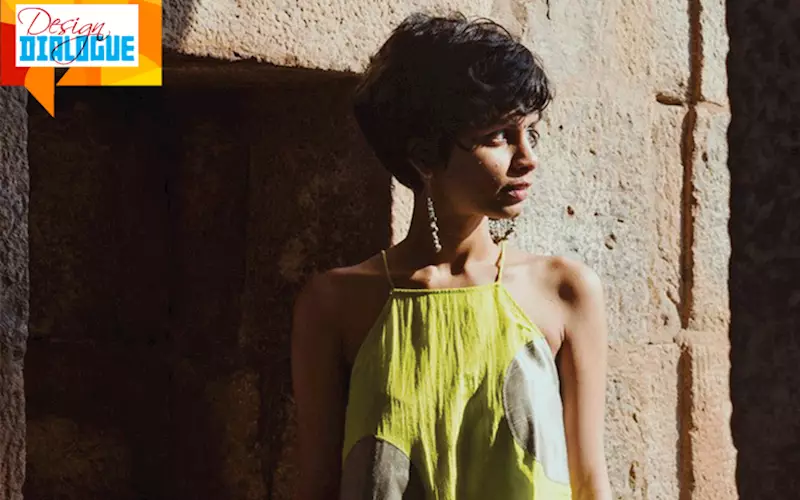Design Dialogue with Kruttika Susarla
PrintWeek India speaks to Kruttika Susarla, the independent illustrator, comic maker and graphic designer based out of New Delhi about her work experiences
30 Jan 2019 | By PrintWeek India
Themes of gender and sexuality are predominant in New Delhi-based Kruttika Susarla’s works. She graduated from DJ Academy of Design as a communication designer in 2013. Since then, she has worked at three different studios including NH1 Design, Studio Eksaat, and Dev Kabir Malik Design.
Susarla took a plunge into an independent career in February this year. Some of her clients include Bill and Melinda Gates Foundation, The David and Lucile Packard Foundation, Human Rights Watch, Vans India, The YP Foundation, Pratham Books, and Penguin India, among many others.
Could you tell us a bit about your design background?
One of my uncles studied at a design school so I kind of had an idea about what ‘design’ was, and my parents were encouraging enough of me pursuing a career in the arts. I think I knew from early on that I was either going to study Fine Arts or Design.
During my first year at DJ Academy of Design, I thought I’d become a filmmaker but I grew really fond of drawing as a way of making sense of the world around me and sharing stories and experiences. However, I never imagined before entering the design school that I would eventually be pursuing a career in illustration.
For you, what are some of the biggest challenges and advantages of working independently?
One of the biggest advantages so far, and in a way privilege, has been the freedom to choose what kind of projects I’d take on and being able to work remotely which means a lot more travelling has happened this year for me than the past four years put together.
On the challenges end, I’m still finding it difficult to get used to the idea of not having people around me to bounce an idea off and get critique. I try and discuss projects with my peers sometimes but it’s still not the same kind of feedback that a studio environment offers you. Trusting my gut instinct is slightly overwhelming, but I’m trying to get used to it.
You have been consistently working on gender (queer/trans/women) rights in your art. Could you tell us more about this and some of your key projects in this context?
The YP Foundation (a youth run and led organisation that supports and develops youth leadership to advance rights of young women, girls and other marginalised youth) had written to me around the time I’d just finished my Feminist Alphabet Project - an illustrated series that contextualises the feminist movement within the lived experiences of women and minorities in India. I illustrated every letter of the alphabet with a concept of feminism or lesser-known feminist organisations and activists through the number series. In many ways, I feel like this project opened up collaborations in the gender rights space for me.

The YP Foundation was working on launching phase two of their campaign - Know your Body, Know your Rights, which is a national level policy and peer-education programme advocating for sexual and reproductive health rights. A lot of the work they do as a part of the campaign is with youth leaders, activists and peer educators in an almost underground sort of way because talking about sex and sexuality is still considered taboo. Sex education has also been banned by 12 state governments in India. So when they wrote to me about the campaign and the work they were doing, I was obviously onboard immediately and was excited to work with people doing such inspiring work at the grassroots level.

I also worked with them on designing a policy brief on Trans Rights in India written by Gee Imaan Semmalar, a trans activist, actor, writer, filmmaker and co-founder of Panmai Theatre, Chennai.
The International Day Against Homophobia, Biphobia and Transphobia is marked on the 17th of May every year to celebrate the existence of queer lives. The IDAHO Committee chose this date to commemorate the decision of The World Health Organization (WHO) in 1990 to remove homosexuality from the International Classification of Diseases. Various events and campaigns are held throughout the world to raise awareness about queer rights, throw light on various issues that repeatedly marginalise LGBTQA+ communities. Point of View (Mumbai, India), along with a few partner organisations, organised a digital campaign in India that brought together various queer voices while advocating the need for addressing problematic topics like the Trans Bill 2016, Section 377, etc. I worked with them to develop a visual identity and illustrations for the campaign.
Could you also talk about the German-Indian collaborative comic anthology Elephant in the Room that you worked on? How did the project come about?
In 2016, I attended a two-week Indo-German comic residency organised by the feminist German magazine Spring in Nrityagram, Bengaluru along with 15 other comic artists from Germany and India. All of us worked on writing and drawing stories from our personal lives for that year’s edition.
My story For the sake of talks about the power dynamics in a patriarchal Indian household through the story of growing up around my maternal grandmother. It looks at the moments in the household in which she and my mother were sometimes able to navigate their way around and find short-lived instances of liberation.
Tell us about your self-publishing initiatives. Do you face any challenges when it comes to the technical aspects of publishing?
I’m quite new to self-publishing. I printed some of my mini-comics and put together a zine for this year’s edition of Gaysi Zine Bazaar (organised by Gaysi Family) in Mumbai.
In terms of the challenges, I haven’t been able to find printers who understand and/or can suggest efficient alternatives to basic digital printing. A lot of the work I do involves textures and I often wonder if there’s some way to translate this when I’ve printed it. For example, I wish we had Riso available in India.
What are some of the key projects you worked on this year?
The IDAHOBIT (International Day Against Homophobia, Biphobia and Transphobia) project I talked about earlier is from this year. Apart from that, I worked on the identity, visual language system, and a set of illustrations for Feminism In India - a crowdsourced, intersectional media site based out of New Delhi.

I also did the poster and title design for Dhoolpet Ganesha - an 86-minute Telugu documentary by Anantha Perumal. The documentary follows the story of a small community in the margins of Hyderabad as they attempt to throw the best Ganesha festival in town. It throws light on the caste and religion politics within the community while drawing parallels to the larger urban-development issues of the city as it constantly keeps expanding into the ‘greater’ Hyderabad.

I’m currently wrapping up a few commissions that I can’t share too many details about yet. I’ve also been working on some new mini-comics this year that I’m hoping to put together for a print version soon. And then I have been exploring some ideas for a script for a longer comic around the idea of being a third-cultured individual and what defines one’s identity.











 See All
See All